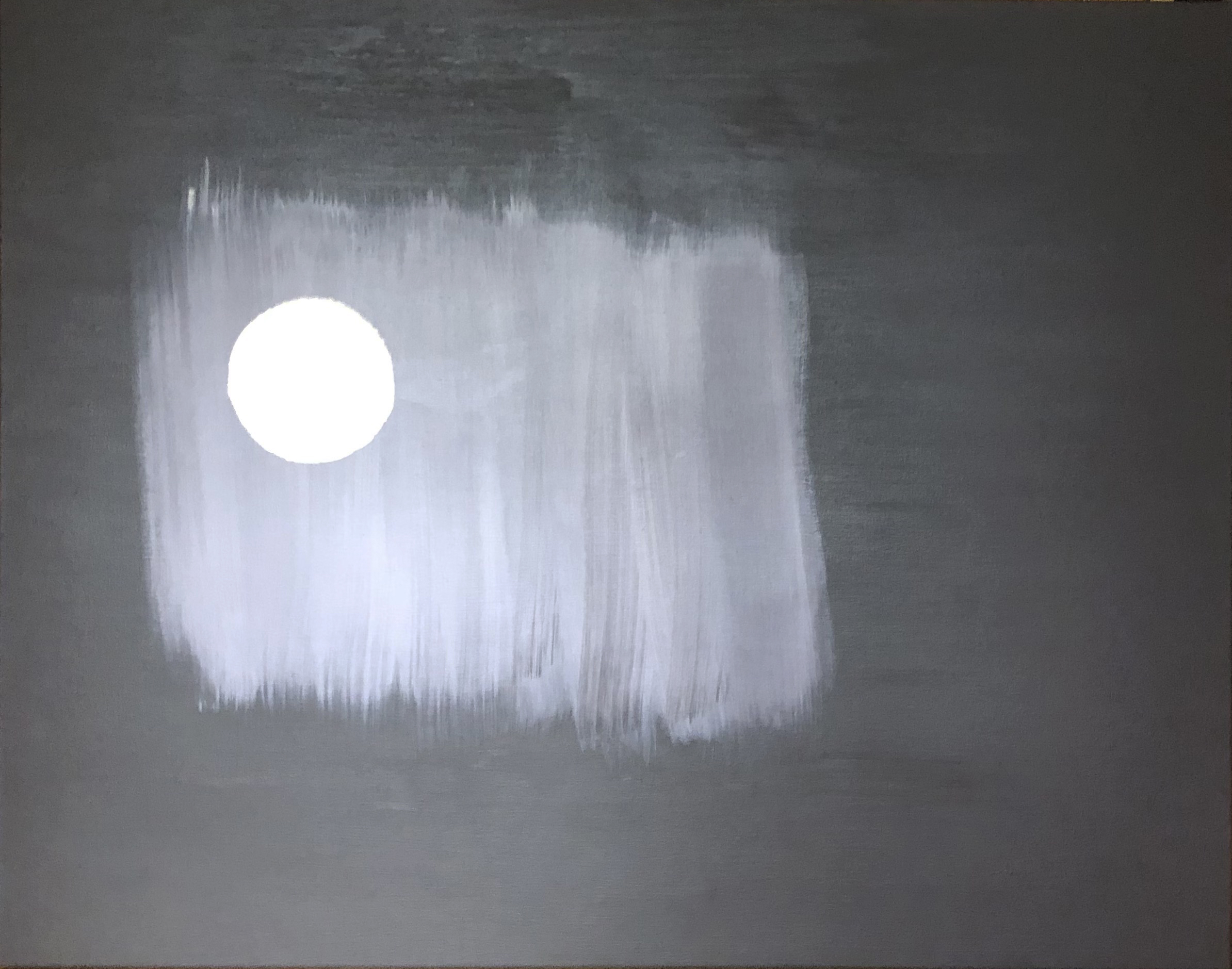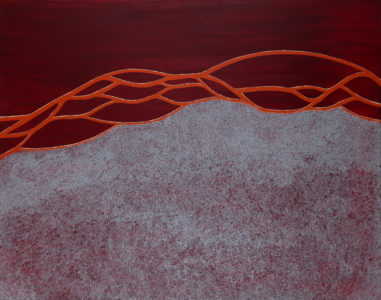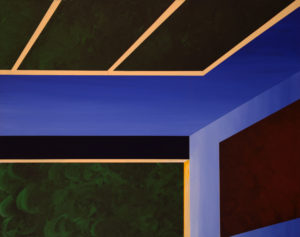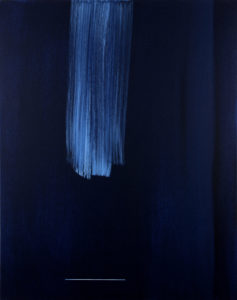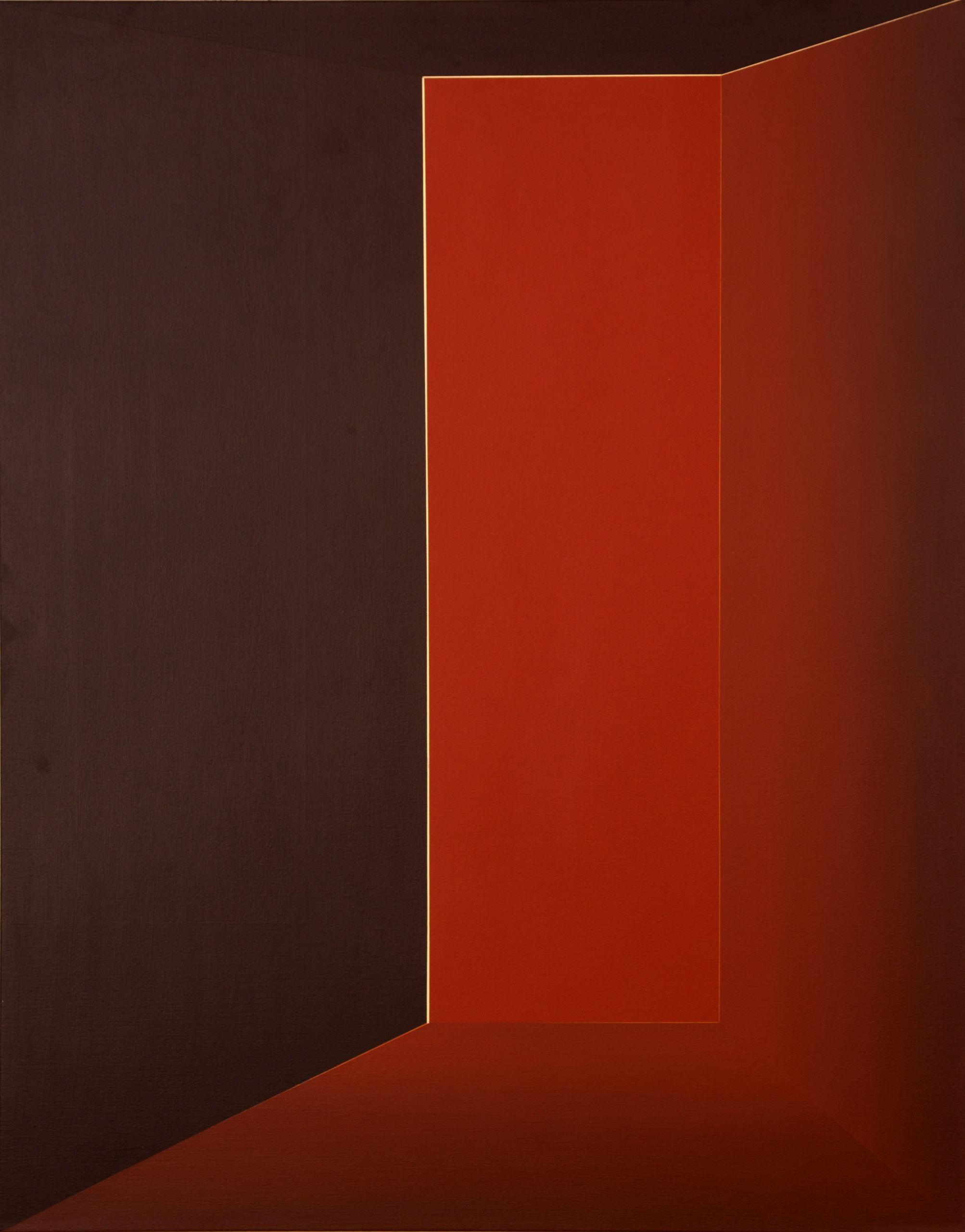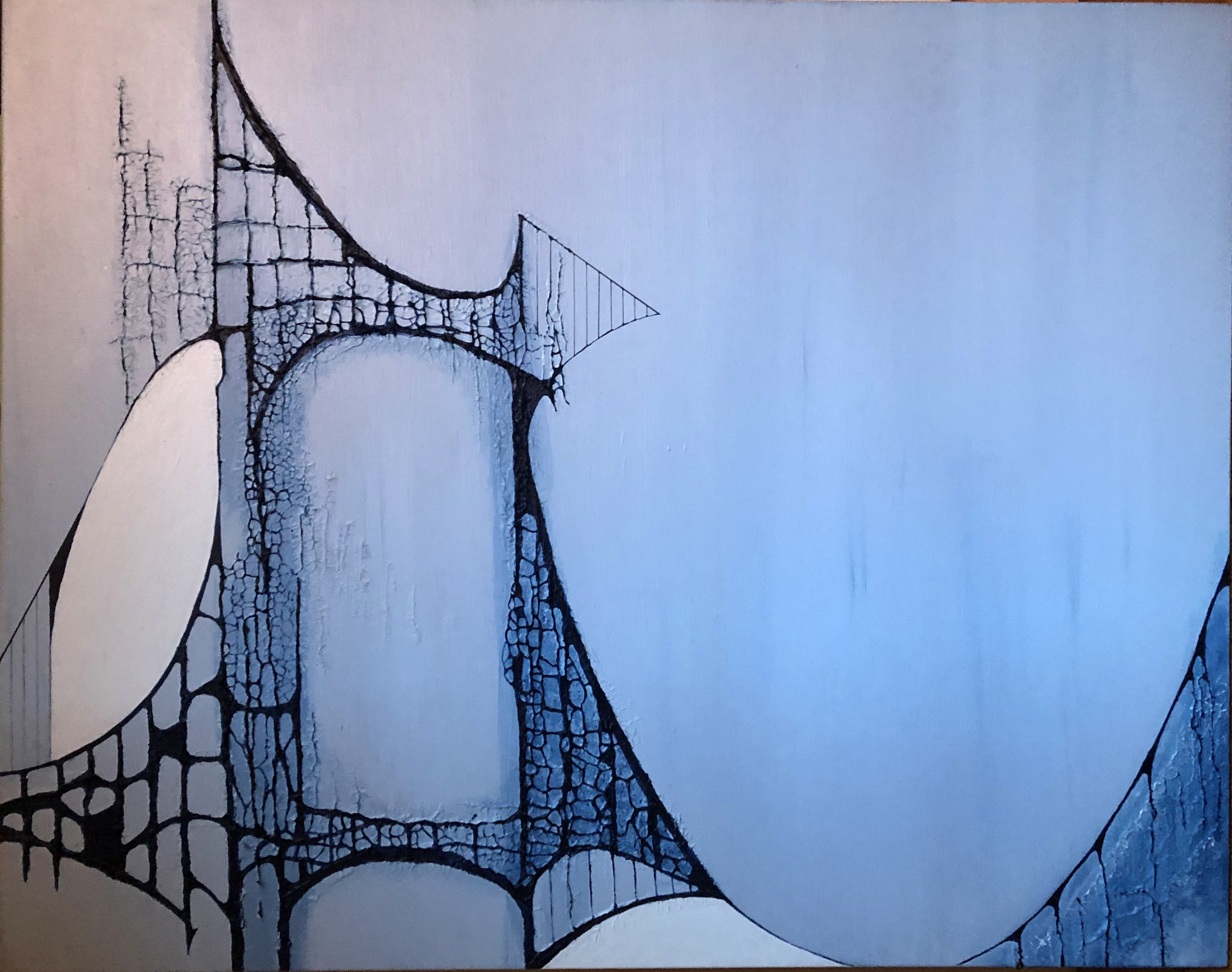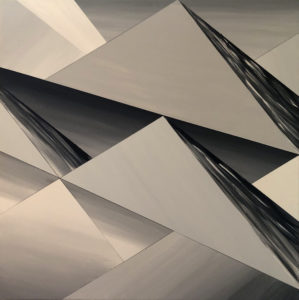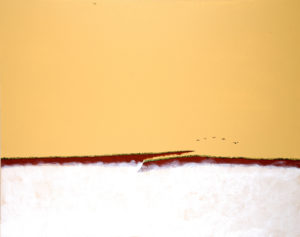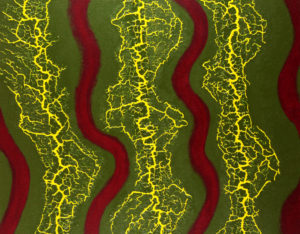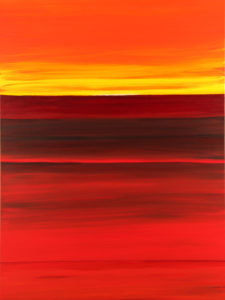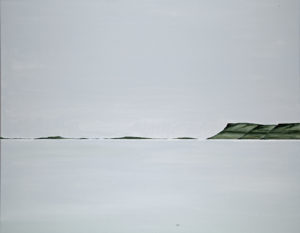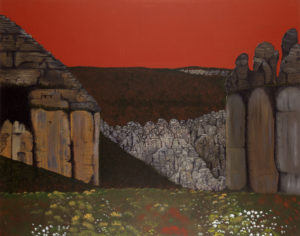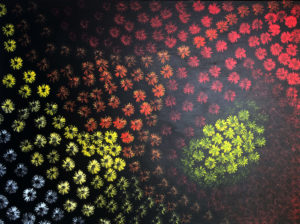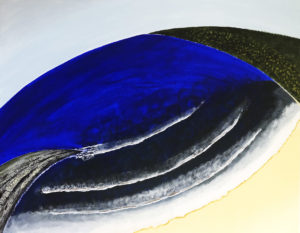What We Feel
Abstract
The interplay of colour and form in 2 dimensions enable personal reactions. On occasion, something in a painting grabs you: you feel peace, passion, reality. The reason for your reaction is unknown.
Dispossessed
I grew up in a region where First Nation people and people of European background lived and worked together. Only later did I become aware of the impact of the arrival of Europeans on indigenous people. This set is the first step in my dealing with the huge and ongoing losses of the indigenous people of Australia.
In the Frame
Images change when placed into limiting, or otherwise altered frames. I remain fascinated by different frames and their impact on otherwise mundane objects.
Lambent
What happens when you shine a sharp light onto a surface at night? Depending on the source and intensity of light, the nature of the surfaces and the reflections, ethereal images emerge.
Light
I travelled to Japan on a tour to look at contemporary architecture, design and art. The treatment of light by the architect, Tadao Ando, was especially memorable. Light appears at the edge, under benches, down light wells, rarely flooding the interior. In this series I have attempted to present some of those effects in two dimensions.
Rust
Take a fragment of iron housed outside for a time and you will find rust. The flakes may cover the surface, appear between or within cracks. Similarly, the plant disease called rust forms eruptions on the surface of leaves and stems. The three dimensions of rust concern me here. I used a technique where thick medium was first applied and then coloured. The overall effect suggests 3 dimensions when the direction of light changes as you view the image.
Triangles
If you limit the forms allowed on the canvas to one geometric shape, such as a triangle, the effect is then defined by the colour and placement of the elements. The relative freedom of curves needs to be replaced by the interactions of the colours. Shown here is a further reduction of colour to black, grey and white.
What We See
Cliff
The Kimberly houses large landscape elements. As you drive through the amazing country, you might be greeted by long lines of cliffs. The cliffs form fascinating features especially at night when the light from the moon highlights amazing changes in colour.
Dunes
The series developed after I flew over Central Australia at different times of the day. The shapes of dunes from above, with their shadows, day and night, during drought and after rain, are represented, and abstracted.
Fire
Fire is a constant presence in Australia. The shifting form and intensity of flames are the basis of this series. If we look from a distance, then the visage might be a city. Up close, the flames might induce fear and awe.
Flaws in the Jade
This series started with a jade sculpture in which a landscape could be discerned. The pale blue and grey colours of jade lent themselves to marine themes, with pale brown clay inclusions indicating land.
Hinterland
I remain fascinated by the interplay of rock and tree. The hilly areas around Australia have amazing shapes and colours, despite the limited height and variation. I have limited the colour pallet to reflect the dominance of brick red sands and rocks in so much of the landscape of the Australian centre and west.
Plants
Plants are usually envisaged as the flowers associated with a very short period of their life cycle. Blooms appear in the desert after rain. Fields of colour emerge and then disappear. Indeed, remove the flowers and the limbs of trees may have simple structures. In heavier vegetation, when we look from above, we can see paths through the shrubs and trees, forming fascinating.
Waves
We see most commonly see waves from the water. The colours and forms change as you look down on the sea.
